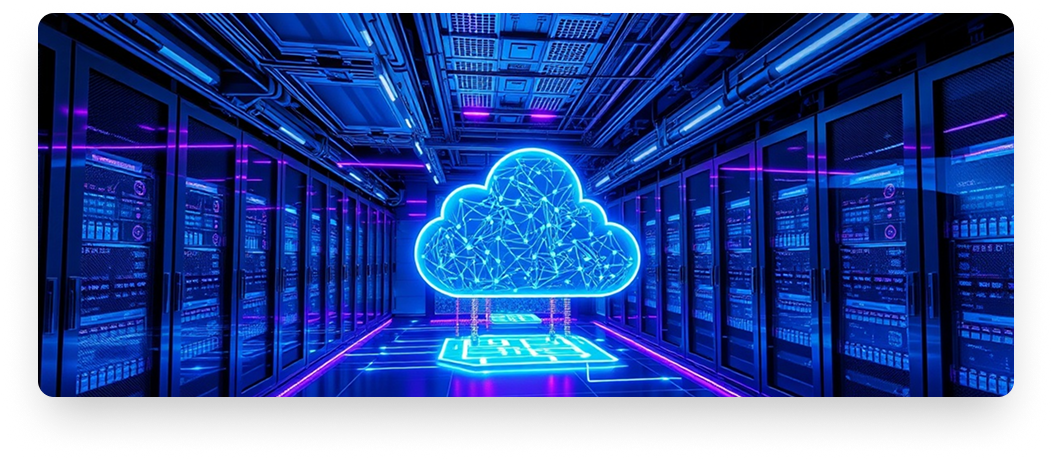Edge Computing Revolution
Edge computing is moving from concept to reality, bringing computation and data storage closer to users. This paradigm shift reduces latency, improves performance, and enables real-time processing for IoT devices, autonomous vehicles, and smart city applications.
The benefits of edge computing extend beyond just performance improvements. Organizations are discovering that edge deployments can significantly reduce bandwidth costs, improve data sovereignty compliance, and enhance user experiences across distributed applications. Major cloud providers are investing heavily in edge infrastructure, with AWS Wavelength, Azure Edge Zones, and Google Cloud Edge locations expanding rapidly across global markets.
“Edge computing isn’t just about speed – it’s about creating a more resilient, distributed architecture that can adapt to changing business needs while maintaining optimal performance.”
Serverless Architecture Adoption
Serverless computing is gaining momentum as organizations seek to reduce infrastructure management overhead. Function- as-a-Service (FaaS) platforms allow developers to focus on code rather than servers, leading to faster development cycles and improved scalability.
The serverless model extends beyond just compute functions. We’re seeing the emergence of serverless databases, serverless container platforms, and even serverless machine learning services. This comprehensive serverless ecosystem enables organizations to build entirely event-driven architectures that scale automatically and charge only for actual usage.
Key advantages of serverless adoption include:
- Automatic scaling based on demand without manual intervention
- Pay-per-execution pricing models that optimize costs
- Reduced operational complexity and maintenance overhead
- Faster time-to-market for new applications and features
- Built-in high availability and disaster recovery capabilities
Serverless Architecture Adoption
Artificial intelligence is being integrated into every aspect of cloud services, from automated resource optimization to intelligent security monitoring. AI-driven cloud platforms can predict usage patterns, optimize costs, and detect anomalies before they become problems.
Machine learning operations (MLOps) are becoming standardized across cloud platforms, enabling organizations to deploy, monitor, and manage AI models at scale. Advanced capabilities like automated model retraining, A/B testing for ML models, and intelligent resource allocation are becoming standard features rather than premium add-ons.
The convergence of AI and cloud computing is creating new possibilities:
- Predictive analytics for infrastructure planning and capacity management
- Intelligent automation for routine operational tasks
- Advanced threat detection using behavioral analysis
- Automated code optimization and performance tuning
- Natural language interfaces for cloud management
Serverless Architecture Adoption
Organizations are increasingly adopting multi-cloud strategies to avoid vendor lock-in and optimize costs. Hybrid cloud solutions that seamlessly integrate on-premises infrastructure with public cloud services are becoming the norm for enterprise deployments.
The complexity of managing multiple cloud environments has led to the development of sophisticated cloud management platforms and tools. These solutions provide unified visibility, consistent security policies, and streamlined operations across diverse cloud environments, making multi-cloud strategies more practical and manageable.
Top ElV Cyber security companies in Qatar
ELV
- Best-of-breed service selection
- Geographic compliance requirements
- Risk mitigation and redundancy
Cyber security
- Cost optimization opportunities
- Performance optimization
- Innovation acceleration
Security-First Approach
With cyber threats evolving rapidly, cloud providers are implementing security-first architectures. Zero-trust security models, advanced encryption, and AI-powered threat detection are becoming standard features in modern cloud platforms.
The shift towards security-by-design means that security considerations are embedded into every layer of cloud architecture, from the hardware level to the application layer. This comprehensive approach includes advanced identity and access management, continuous compliance monitoring, and automated incident response capabilities.
Emerging security trends in cloud computing include:
- Confidential computing for protecting data in use
- Quantum-resistant encryption algorithms
- Behavioral analytics for insider threat detection
- Automated security policy enforcement
- Integration with security orchestration platforms
Looking Ahead: The Road to 2025
The shift towards security-by-design means that security considerations are embedded into every layer of cloud architecture, from the hardware level to the application layer. This comprehensive approach includes advanced identity and access management, continuous compliance monitoring, and automated incident response capabilities.
Organizations that embrace these trends early will be better positioned to leverage the full potential of cloud computing, driving innovation, reducing costs, and maintaining competitive advantages in an increasingly digital world.
Key Takeaways
- Edge computing is becoming mainstream, enabling real-time processing and improved user experiences
- Serverless architectures are expanding beyond compute to include databases, containers, and ML services
- AI integration is transforming cloud operations with predictive analytics and automated optimization
- Multi-cloud strategies require sophisticated management tools but offer significant strategic advantages
- Security-first design is becoming standard, with zero-trust models and AI-powered threat detection


